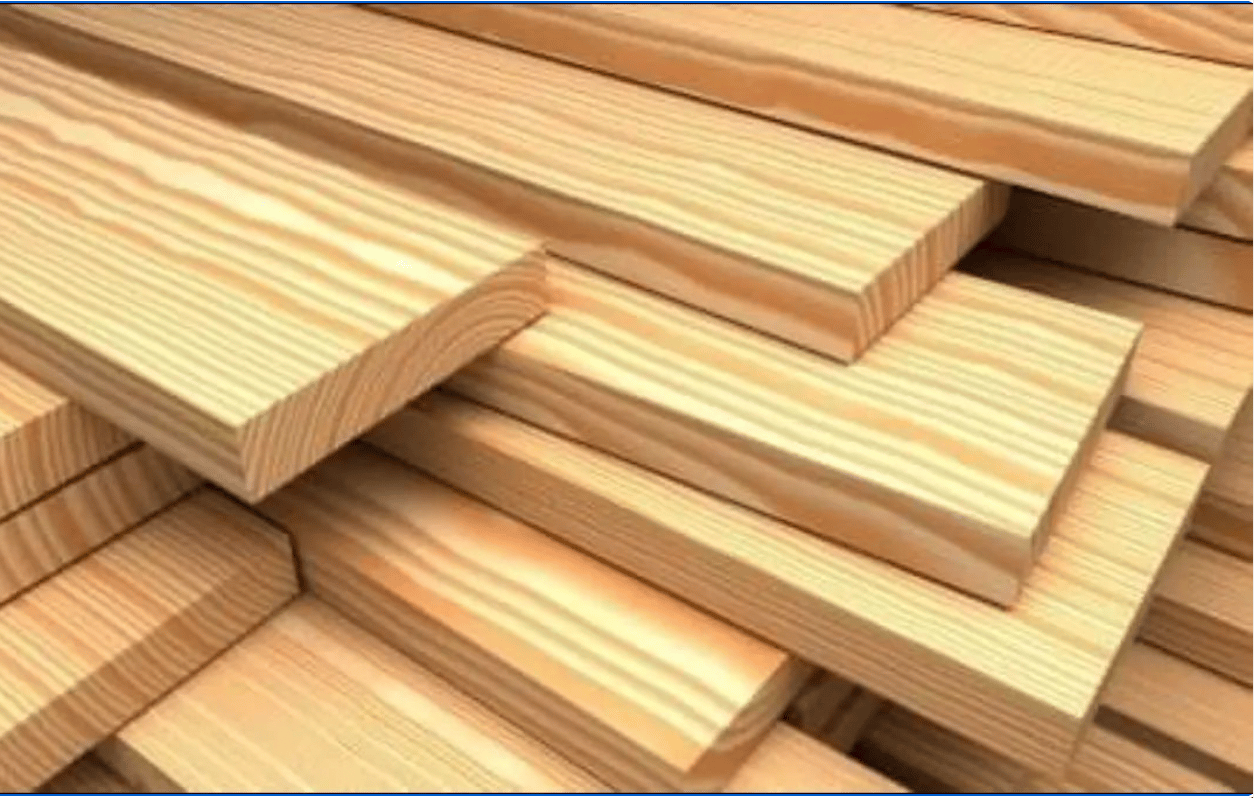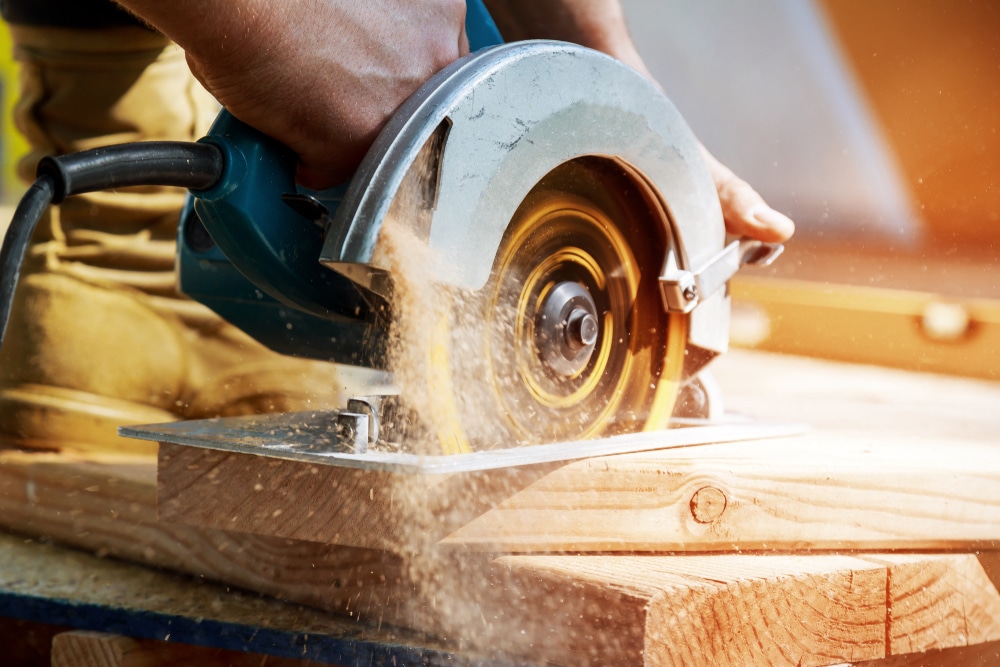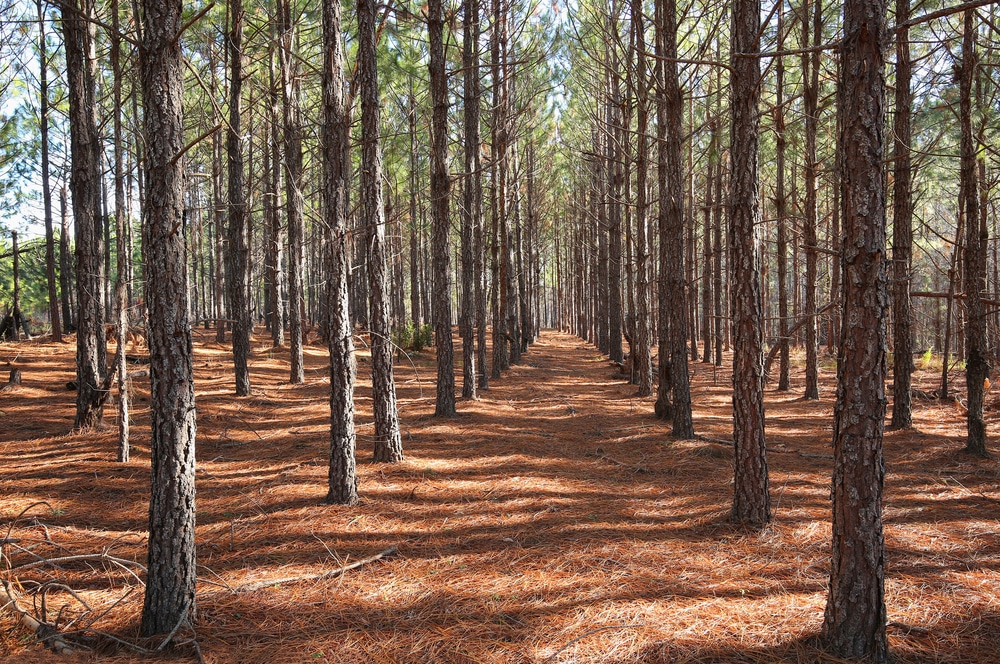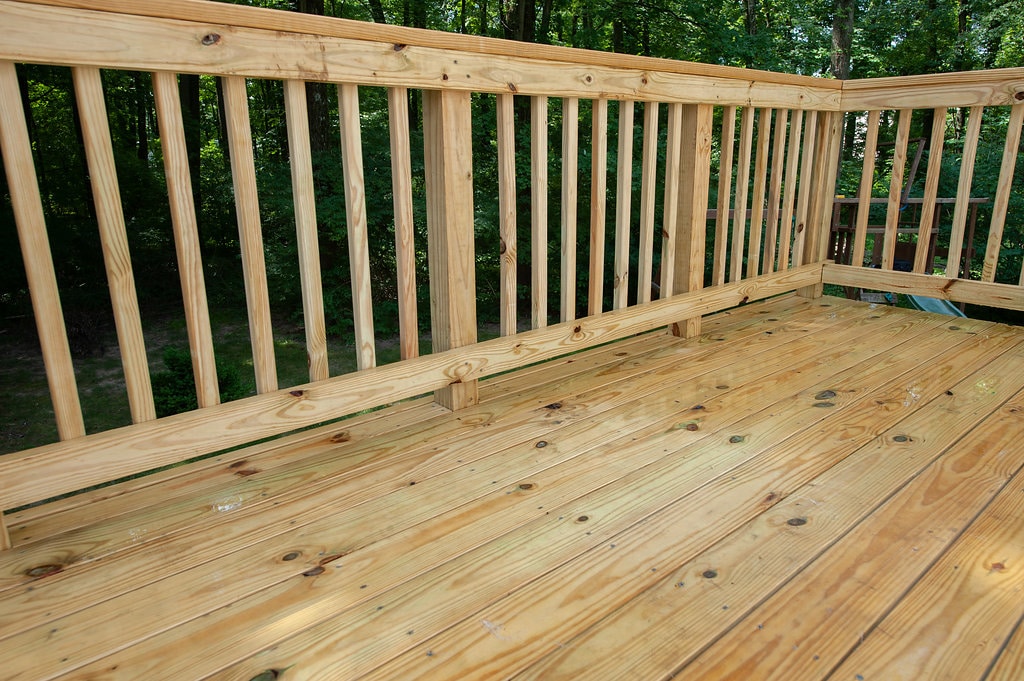
Are you ready to tackle your next project with Southern Yellow Pine (SYP)? This versatile wood is a favorite among home DIYers and professional contractors alike. But how do you ensure you’re getting the best wood for your needs? Here’s breakdown on how to source Southern Yellow Pine.
What are the Benefits of Building with Southern Yellow Pine?
SYP is renowned for its strength and durability, standing out as one of the strongest softwoods available. This impressive resilience ensures that your projects will withstand the test of time, providing long-lasting quality. Additionally, SYP is budget-friendly, offering remarkable quality and aesthetics without burning a hole in your pocket. How to source Southern Yellow Pine.
Another significant advantage of SYP is its proud heritage as a native tree of the United States, particularly grown in the southern parts of the country. By choosing SYP, you’re supporting local economies and promoting regional growth. Its natural beauty is also a highlight, boasting a light and warm color along with unique wood grain patterns. This appearance adds a welcoming touch to any home.
Furthermore, SYP is easy to work with, as it is tool-friendly and holds fasteners exceptionally well. This makes it a practical choice for a variety of applications. Importantly, SYP is also a sustainable option, maintaining a negative carbon footprint, which makes it an eco-friendly choice for any project. In short, embracing SYP not only enhances your projects with high-quality material but also contributes to environmental conservation.
Pressure Treated Wood vs Untreated Wood: Which is Better?
Choosing between pressure-treated and untreated wood isn’t about which is better, but about which suits your project. Each type offers unique benefits for specific applications. Notably, Southern Yellow Pine makes up 85% of all pressure-treated wood in the US due to its cellular structure, which is ideal for absorbing preservatives that enhance resistance to decay, insects, and damage.
This makes pressure treated SYP ideal for outdoor projects where the wood will be exposed to the elements. As many building professionals know, pressure treated SYP is especially well-suited for frameworks, foundations, and decking. Its long-lasting nature ensures that outdoor structures remain strong and stable over time, even in harsh weather conditions.
Whereas untreated SYP is best suited for indoor projects or areas where the wood won’t be exposed to moisture. It offers a natural look and can be used for surface boards in decking or indoor furniture. While it lacks the protective benefits of pressure-treated wood, its aesthetic appeal, versatility, and cost-effectiveness make it a popular choice for many indoor applications.
Southern Yellow Pine Grading Standards
As a softwood, SYP grades are defined by the American Softwood Lumber Standard, which was established by the U.S. Department of Commerce. The entity that implements these standards is the American Lumber Standard Committee, a third-party organization responsible for grading softwoods in accordance with these guidelines. These regulations have implications not just for American mills but for North American sawmills more broadly, including those in Canada, which must adhere to the same requirements when exporting softwoods.
Here’s a breakdown of the three most common softwood grades:
- No. 1 lumber – Ideal for projects requiring impeccable quality and flawless appearance.
- No. 2 lumber – Visually appealing with allowable knots as per the American Softwood Lumber Standard. It is commonly used in construction framing.
- No. 3 and No. 4 lumber – Designated as utility or industrial lumber, it is used in commercial markets for products like pallets, crates, and wood blocking. Generally routed directly to manufacturers, it is not stocked at local lumber yards.
Are there Standard Codes on North American Lumber Labels?
Yes, there is a standard code on North American lumber labels that indicates whether the wood is pressure-treated. The American Lumber Standard Committee (ALSC) provides specific guidelines for labeling pressure-treated wood. These labels often include essential information such as the type of preservative used, the level of treatment retention, and the appropriate usage category (e.g., above ground, ground contact, or marine use).
Moreover, pressure-treated lumber is typically stamped or tagged with a specific code or mark denoting its treatment. This code includes important details like the producer’s identification, the treatment plant number, and the standard to which the wood has been treated. Always check these labels and stamps when purchasing lumber to ensure you select the right material for your project.
Kiln-dried lumber, on the other hand, can be identified by its lighter weight compared to green or air-dried lumber, thanks to its lower moisture content. Look for stamps or labels marked with “KD” (Kiln-Dried) or “KDAT” (Kiln-Dried After Treatment) on the end or face of the board. Kiln-dried wood will generally have a more finished look, with fewer surface imperfections and a more consistent color, which makes it ideal for projects requiring precise and uniform lumber.
Green lumber, which is freshly cut and still contains a high moisture content, will feel significantly heavier and wetter than kiln-dried wood. It tends to be more flexible and can dent more easily. You won’t find the “KD” or “KDAT” stamps on green lumber, and it may be labeled as “green” or simply lack any drying marks. By paying attention to these characteristics, you can confidently select the right type of lumber for your project, ensuring you achieve the desired durability, stability, and performance.
Tips for Inspecting Wood at the Lumberyard
When sourcing lumber, it’s important to inspect the wood thoroughly to ensure you’re getting top-quality material for your projects. Start by examining the wood for knots and unique features. Some knots can add character to the wood, while maintaining its structural integrity. Focus on avoiding large or numerous knots and visible imperfections that could affect the wood’s strength and durability.
Additionally, check the straightness of the wood. Ensuring the lumber is straight and true can enhance its usability. Take the time to look down the length of each piece to verify its condition. Straight wood will simplify construction and reduce the need for additional adjustments, saving time and effort.
Finally, consider the weight and grain of the wood. Southern Yellow Pine should feel heavy and dense, indicating good quality. It’s also good practice to inspect the grain pattern closely. A tight and consistent grain suggests that the wood is strong and durable, making it suitable for various construction purposes. By following these inspection steps, you can confidently select high-quality SYP that will perform well in your projects.
Understanding Environmental Certifications for Southern Yellow Pine
Sourcing Southern Yellow Pine ensures that you are obtaining wood that has been harvested in a sustainable and environmentally responsible manner. This commitment to sustainability is crucial in preserving our forests for future generations SYP is third-party certified while also ensuring the quality and reliability of the wood you use in your projects. By choosing SYP, you support practices that maintain the ecological balance and promote the health of forest ecosystems. And for projects where meeting green goals is paramount, it’s good to know that most of SYP is third-party certified.
One key certification to look for is the Sustainable Forestry Initiative (SFI). This certification guarantees that the wood is harvested sustainably and responsibly, adhering to rigorous standards that protect biodiversity, water quality, and wildlife habitats. The SFI certification program also promotes community involvement and works with landowners to enhance forest management practices. When you see the SFI label, you can be confident that the wood comes from well-managed forests that meet high environmental standards.
How Does the American Tree Farm System Play into Sustainability?
Another important certification is the American Tree Farm System (ATFS), which focuses on sustainable forest management practices. The ATFS certification is awarded to landowners who commit to managing their forests in ways that protect the environment, wildlife, and water resources.
And then there’s the Forest Stewardship Council (FSC) certification which promotes environmentally responsible and socially beneficial forestry. The FSC label ensures that the wood products you purchase support sustainable forest management worldwide, contributing to the conservation of forests and the well-being of communities that depend on them. By seeking out these certifications, you can make informed choices that benefit both your projects and the planet.
Got an SYP project you’re proud of? Have questions on how to source Southern Yellow Pine? Please feel free to contact us directly to share your stories and inquiries. Let’s build something great together.





